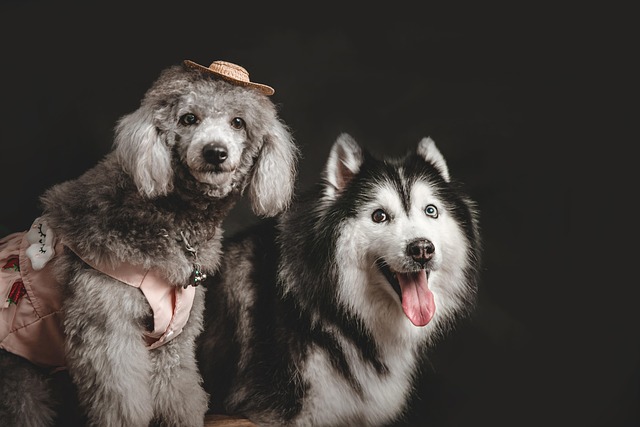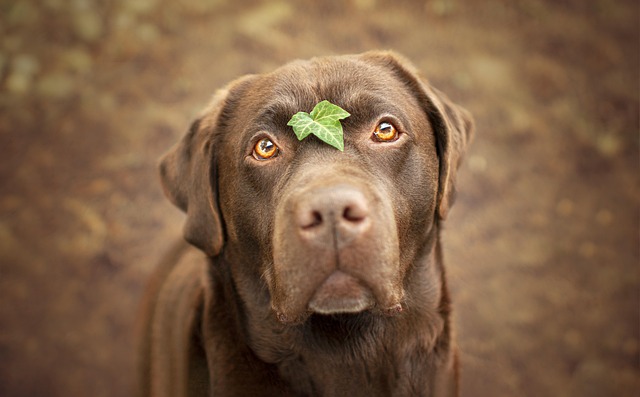
What is the difference between training treats and regular treats
If you’ve ever stood in the pet store, staring at shelves of dog treats labeled “training” or “everyday,” you might’ve wondered if there’s a real difference.
Watching your senior dog tugging on the leash can be both frustrating and worrisome. It’s not just about the inconvenience—pulling can strain their aging joints and even cause accidents if they yank you into traffic or a neighbor’s yard. But before you give up on peaceful walks, know that with patience and the right approach, you can teach your old pup new leash manners.
First, understand why your dog is pulling. Arthritis pain might make them rush through walks to get back home, or excitement could override their self-control. Check for signs of discomfort like limping or reluctance to stand up. If you suspect health issues, consult your vet before starting training—medication or joint supplements might make a world of difference.
Swap that standard flat collar for a no-pull harness designed to discourage tugging. Harnesses like the front-clip style gently redirect your dog’s attention when they pull, while body wraps distribute pressure evenly, reducing strain on sensitive areas. Just make sure it fits snugly but allows room for a couple of fingers between the fabric and your dog’s skin.

Next, turn every walk into a training session. Start by standing still whenever your dog pulls—no forward movement until the leash goes slack. As soon as they relax, reward them with a treat, a soft “good boy/girl,” and a few steps forward. Gradually increase the distance before rewarding to build their patience.
In many areas, local leash laws require dogs to be under control at all times. A pulling dog not only risks breaking these rules but also endangers other pedestrians and pets. Practice “heel” commands in quiet areas, rewarding your dog for staying by your side. Remember, consistency is key—every walk is a chance to reinforce good behavior.
Don’t forget to adapt your pace to your dog’s abilities. Older dogs may need shorter, more frequent walks or longer breaks to rest. Use these moments to bond—offer gentle pets, share a snack, or simply soak in the sights together. Making walks enjoyable rather than a chore will motivate your dog to cooperate.
Finally, consider enlisting help. A professional dog trainer can assess your dog’s specific needs and offer personalized advice. Some communities also have leash training classes designed for senior dogs, providing a safe space to practice in a supportive environment.
With time and understanding, you and your senior companion can enjoy peaceful, stress-free walks again. Every small victory—whether it’s a few steps without pulling or a relaxed stroll around the block—is a win worth celebrating. After all, those precious walks are more than exercise; they’re a chance to create lasting memories together.

If you’ve ever stood in the pet store, staring at shelves of dog treats labeled “training” or “everyday,” you might’ve wondered if there’s a real difference.

There’s no one-size-fits-all answer to what makes the best dog training, but most experts agree that methods built on positive reinforcement tend to yield the most lasting results.

Welcoming an 8-week-old puppy into your home is a joy filled with wiggly tails and endless curiosity. One of the first steps in building a strong bond is teaching them their name.

If you’ve ever sat up at night, listening to your gray-muzzled dog pace back and forth, stopping to whine or stare at a wall, you know the worry that comes with a restless senior pup.

Training a service dog starts long before they’re ready to assist with specific tasks—their journey begins with building a foundation of trust, focus, and adaptability, and the timing of this training matters more than you might think.

Watching a tiny puppy fumble through their first attempts to sit can feel like watching a little acrobat mastering a new trick.